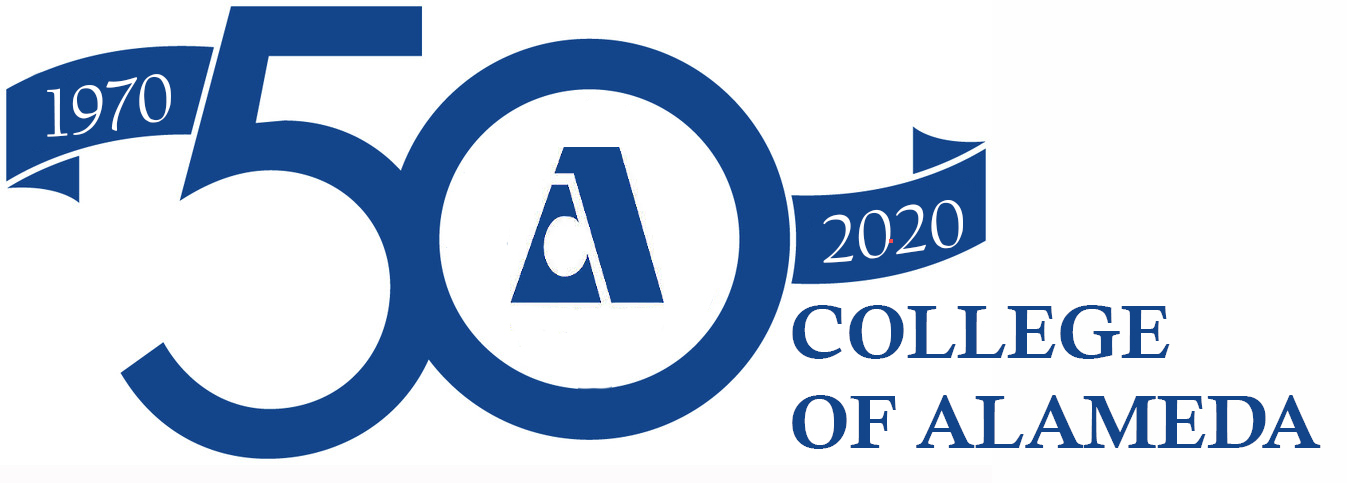Course Description:
Chem 1B is a 2nd semester college general chemistry course with an emphasis on introduction to physical chemistry. Chemical equilibrium, aqueous (including acid-base) equilibrium, thermodynamics, coordination chemistry, electrochemistry, chemical kinetics, nuclear chemistry, and some organic chemistry will be addressed. Problem solving and critical thinking skills are emphasized.
The listed bold chapters from Macmillan Achieve Interactive General Chemistry will be covered in the following order:
- Chapter 12 Liquids & Solids (Chem 1A review – do this before Feb. 14th start date)
- Chapter 13 Solutions (Chem 1A review – do this before Feb. 14th start date)
- Chapter 15 Chemical Equilibrium
- Chapter 16 Acid Base Theory
- Chapter 17 Aqueous Equilibria
- Chapter 6 Thermochemistry (Chem 1A review from scratch)
- Chapter 19 Thermodynamics
- Chapter 20 Electrochemistry
- Chapter 14 Chemical Kinetics
- Chapter 20 Nuclear Chemistry
- Chapter 22 Coordination Chemistry
- Chapter 21 Organic chemistry
Additional topics may be covered as time permits:
- Chapter 11 MO Theory section (review quantum first)
Required Course Materials:
- Laptop computer with broadband internet access at your home. See these system requirements for Achieve.
- MacMillan Achieve Interactive General Chemistry account. Downloadable getting started slides.
- Beyond Labz account. Ask instructor for an access code. Available at no cost to you with the code.
- Laboratory Notebook with empty pages of graph paper.
- Cheap scientific calculator (graphing calculators and cell phones not allowed during quizzes and exams).
- Molecular Model Kit available on Amazon.
- Graphics tablet with pen for paperless problem solving, drawing molecules, sharing whiteboards, etc. also available on Amazon.
Recommended Supplementary Course Materials:
- Chemistry: The Central Science any edition by Brown LeMay & Bursten.
- University Chemistry 4th Ed. by Mahan & Myers
Logistics:
- Chem 1B website link: https://private.alameda.edu/peter-olds/
- Instructor: Peter Olds who can be reached at peter.chem1b.coa@gmail.com
- Lecture: T 9:30 am to 12:20 pm (20683) attendance required in D-119 on the main campus.
- Virtual lab and problem solving sessions: Mo We 9:30 am to 12:20 pm (20684) on Zoom.
- Office hours after lab, after class and TBA.
Full vaccination against Covid-19 is required for this course! See Peralta Student FAQ here: https://safe.peralta.edu/faq-for-students
| Course Level Student Learning Outcomes | Assessment Methods |
| 1. Solve quantitative chemistry problems demonstrating clear reasoning, integrating multiple ideas in the problem solving process, and checking results to make sure they are physically reasonable
2. Describe and explain chemical concepts plus trends qualitatively. Use molecular scale models/descriptions to qualitatively explain laboratory scale physical and chemical properties. 3. Safely carry out chemistry experiments in the lab, accurately recording observations and data in a laboratory notebook. Clearly report interpretations, analysis of results, and conclusions in laboratory reports. |
Biweekly tests, a mid-term exam and a final exam will be given to assess typical Chem 1B level quantitative reasoning ability including including equilibrium, thermodynamics, kinetics, electrochemistry and nuclear chemistry problems, etc.
Biweekly tests, a mid-term exam and a final exam will be given to assess typical Chem 1B level explanation ability including questions on microscopic interpretation of thermodynamic properties and their connection with whether a process (like a chemical reaction) is spontaneous or not. Weekly experiments will be carried out in the lab, for which laboratory reports will be collected and graded the following week. 50% of the lab-report grade will address hands-on lab performance. 50% of the lab-report grade will address quality of lab report. |
